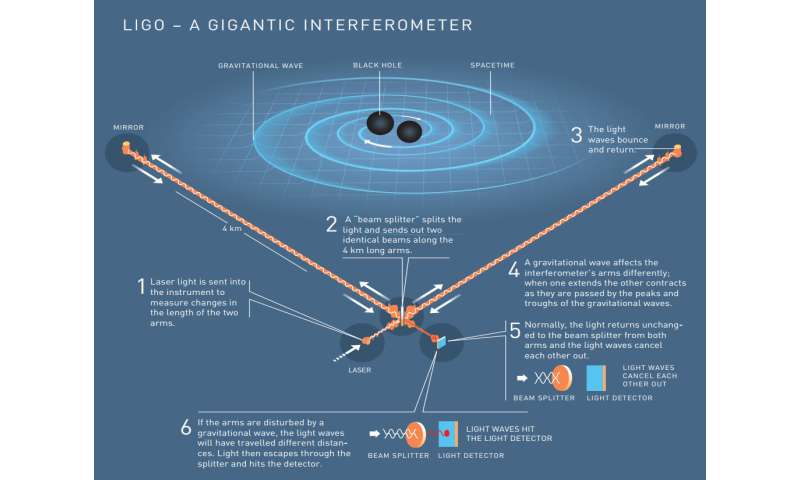Best of Last Week – Nobel Prize for gravity waves, trying to explain Tabby's Star and exercising to prevent depression

(ScienceX)—It was another good week for physics as three U.S.-based scientists won the Nobel Prize for physics. Rainer Weiss, Barry Barish and Kip Thorne won for their groundbreaking work in observing gravity waves for the first time. Also, a team from the University of Bristol announced that they had pinpointed the singularity for quantum computers and in so doing found that if such machines are ever to meet expectations, they will need to be more powerful than previously predicted. And a team with NIST's JILA project found that 3-D quantum gas atomic clocks could offer new dimensions in measurement, suggesting the possibility of a completely new design for the ultra-precise timing devices.
In news from space, a team with members from McMaster University and the Max Planck Institute found evidence that suggests life on Earth started after meteorites splashed into warm little ponds approximately 3.7 to 4.5 billion years ago. Also, a team with NASA offered an update on research surrounding "Tabby's Star" and the scientific quest to explain Kepler's most enigmatic find. To date, no one has been able to offer a convincing reason for its strange dimming behavior.
In other news a team at the University of Central Florida announced that they had developed a nanomaterial that can extract hydrogen fuel from seawater—perhaps offering a new source for powering fuel cells. Also, a team at the Georgetown Lombardi Cancer Center conducted a study and found that tobacco smokers could gain a collective 86 million years of life if they switched to vaping. And a team with members from Cambridge and Oxford Brookes universities traced back the evolution of HSV2, thus introducing the hominin species that gave us genital herpes. And a team with members from the U.S. and Germany announced a recently discovered phenomenon that could provide a way to bypass the limits of Moore's Law—one based on skyrmions.
And finally, if you are one of the millions of people around the world suffering from depression, you might want to take notice of work done by a team at the Black Dog Institute. They found that for many people, one hour of exercise a week can prevent depression.
© 2017 ScienceX